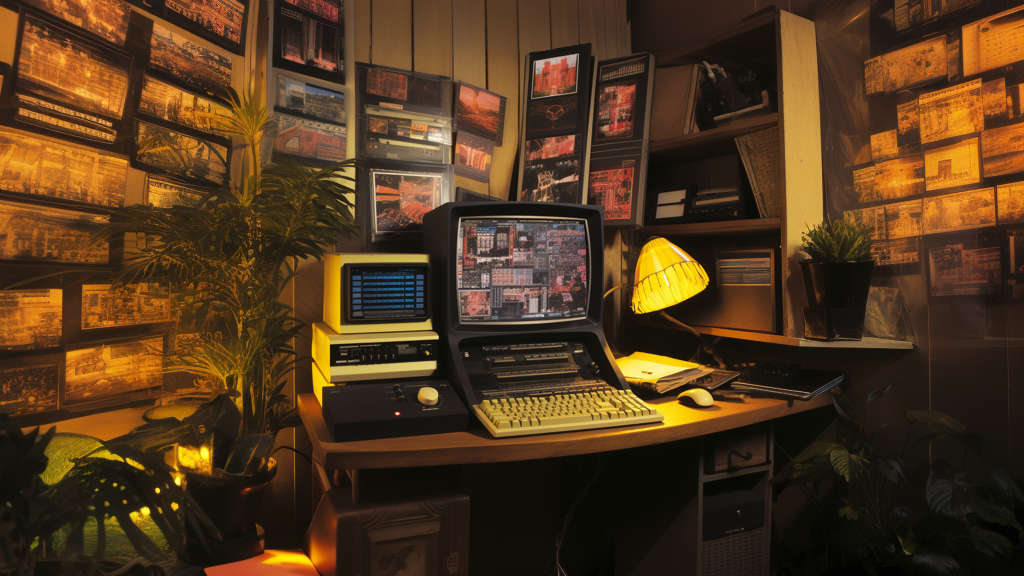Years of transformation: 1985, Desktop Publishing
Can you remember a milestone year, or moment in your career? Or in the broader landscape of technology? I’ve lived through a few, and perhaps we are living through such a moment right now (I believe so).
And that’s prompted me to look back on milestone years on the path to today’s computing.
Years of Transformation, the series
- Years of transformation–the prehistory of how we got to here and where we go next
- Years of transformation: 1981. The IBM PC
- Years of transformation: 1984 and the Mac
- Years of transformation: 1985, Desktop Publishing
- Years of transformation: 1989? 1990? 1991? and the birth of the Web
- Years of transformation: 1993 and Mosaic
Typesetting and page layout had long been a laborious, physical process. ‘Cut and paste’ started life not as a metaphor but actual things type setters did.
By the 1980s, the process was increasingly digital, with phototypesetters, but these were typically very expensive devices, and required expert operators.

But just a year after the 1984 launch of the Apple Macintosh, and its revolutionary GUI (a year of dwindling sales after initial high demand), came the lunch of Apple’s LaserWriter printer, which supported the then-new Adobe PostScript (another innovation from XEROX’s PARC) and Aldus software’s PageMaker. The Mac also shipped with numerous (by the standards of the day) high quality fonts, due in part (so the legend goes) to Steve Job’s fascination with calligraphy.
These pieces allowed for WYSIWYG page layout and sophisticated typography, without the need for expensive typesetting machines, or laborious manual paste up processes, and democratised what had been ’til then a complex, arcane process (a pattern that recurs in the history of computing as we’ll see time and again in this series).
In 1985 the primary, indeed just about only way in which text was distributed was by print–newspapers, magazines, books. Print had tremendous cultural and political capital and power. It was expensive, and required expertise to produce. And it was expensive to print and distribute.
Desktop publishing changed the first part of that equation, and had flow on effect on the second-more demand for print led to cheaper printing technologies. Independent magazines flourished.
But the legacy of the desktop publishing revolution was less the impact it had on print. It was the creation of a whole new group of digital native creators–people who created with (and in many ways for) the screen.
A few years later, when the Web arrived it was these folks who explored the new medium and created the content that fuelled the Web’s early adoption.
Without these creators, and the tools that desktop publishing ushered in, would the Web have been as an attractive place to explore?
And while the Web was still half a decade off, 1985 was a transformative year, due to the birth of desktop publishing and the digital creative class it created.
Great reading, every weekend.
We round up the best writing about the web and send it your way each Friday.
